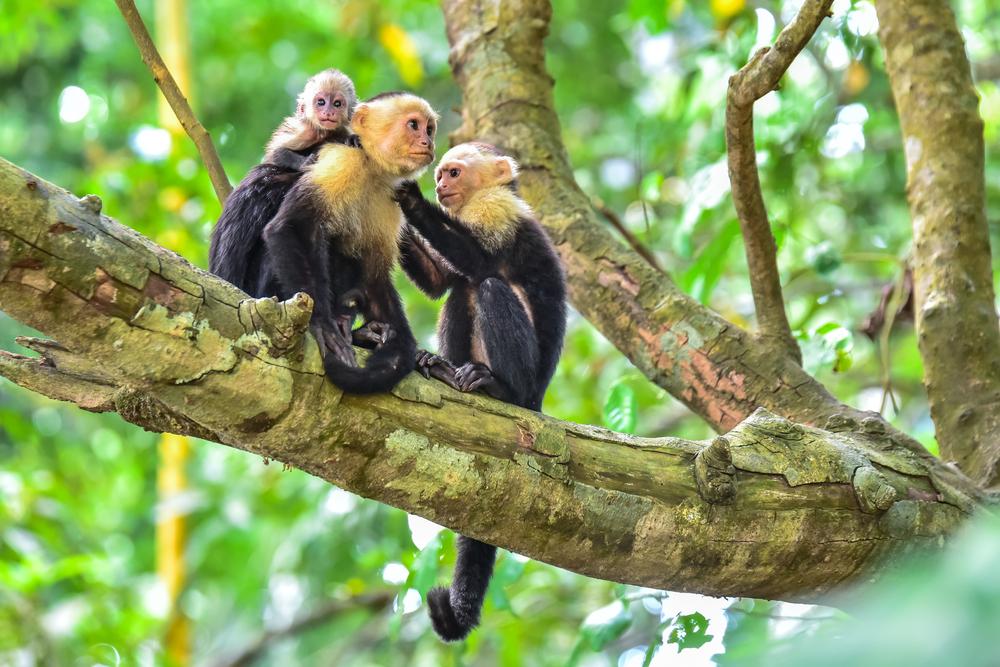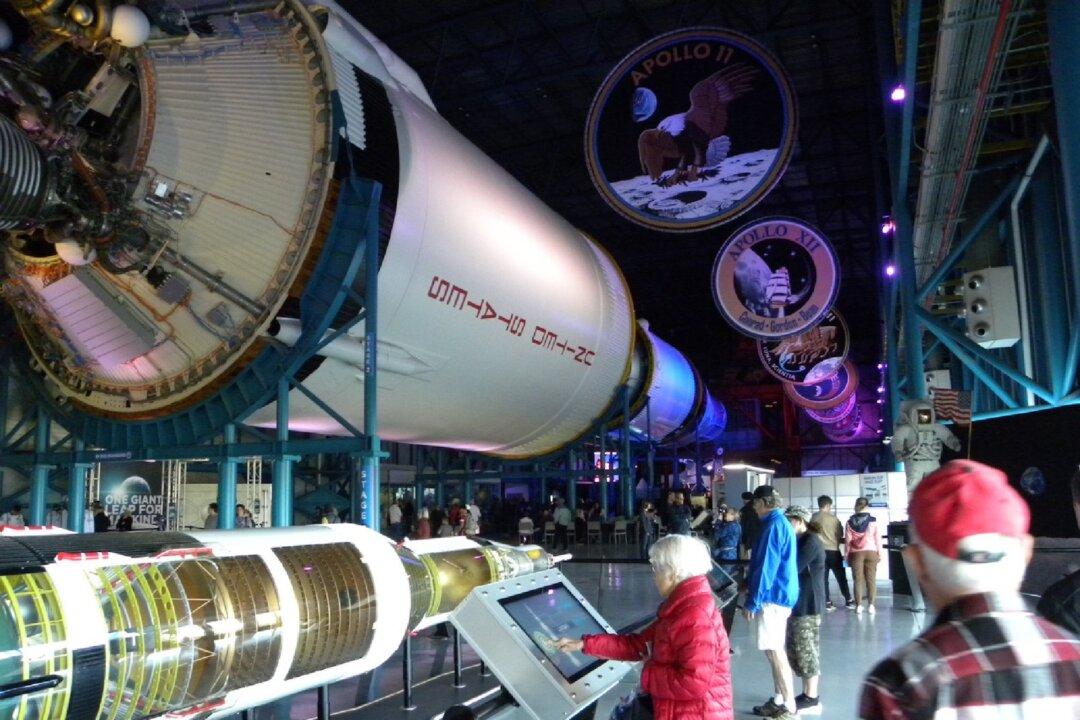Costa Rica’s year-round temperate climate welcomes visitors to enjoy nature in ways big and small. The verdant country is nestled between the Caribbean Sea and Pacific Ocean with lush jungles, active volcanoes, and an abundance of exotic flora and fauna.
We kicked off our exploration on the water in Puntarenas, less than a two-hour drive to the west of the country’s capital, San Jose. In this port city we found numerous boating excursions available from exciting deep-sea fishing to gentler whale-watching journeys that included trips to nearby islands.
This clean and busy city is the capital of the Puntarenas Province, and both derive their name from the Spanish words punta (point) and arenas (sand)—an accurate description of this area that is so attractive to visitors. Here we enjoyed fresh produce and fish from the nearby ocean and were grateful to locals who were friendly, welcoming, and spoke enough English for us to feel at home.

An inside tip led us to secure a nature guide who was endorsed by the Essential Costa Rica Tourism Board to take us around the beautiful Manuel Antonio National Park, located about a two-hour drive down the coast from Punta Arenas.
On pathways through the lush jungles, our ecologically attuned guide was able to warn us away from plants too poisonous to touch. He also taught us which venomous snakes may be camouflaged, such as the Fer-de-lance, or “spearhead” snake, that hides in brown leaves on the ground and the dwarf banana boa that curls up to look like a knot on a tree trunk. He was also able to point out animals and birds in the canopy overhead, knowing where they would be hiding as if placed there just for our entertainment. We saw sloths, monkeys, butterflies, and birds that we would have walked right past without his experienced eyes to direct us.

Very near that national park we had an experience of a lifetime with a two-hour Monkey Mangrove Tour along a secluded mangrove swamp. With a dozen other people on a long boat, our guide paddled us down a narrow little river through lush jungle vegetation. Huge trees grew in the forest beside the river, and enormous mangrove roots appeared to have long legs stretching into the water on each edge. Birds and butterflies abounded.

Our goal, however, was to have an encounter with capuchin monkeys, and when they didn’t appear right away, our guide screeched loudly to draw them near. Within a few minutes, a mother with a baby on her back emerged on a branch nearby. It wasn’t long before other branches began to move rapidly as little capuchins scampered from tree to tree, like squirrels, coming to the guide’s familiar call.

Although these monkeys are wild, they were trained to the call and knew a treat would be forthcoming. Soon there were more than 30 little capuchins chittering among themselves above the river’s edge. We glided to a stop and were directed to sit still with our backs to the mangroves. Our guide wisely warned us never to look directly in the eyes of the monkeys—or any wild animal—just before a monkey jumped right onto my shoulder and began playing with my hair. I was startled—and thrilled. Our guide gave me a bit of banana to share with my new friend, who took it and leapt away to enjoy his reward. As everyone had their turn with the monkeys, the guide introduced the little creatures with names he had for each as he pointed out their different faces and expressions.

For a shorter day trip out of Puntarenas, a guided walk through Pura Vida Gardens on paved walkways is a lovely way to experience open spaces where it is easy to see hundreds of native plants, trees, and flowers. These gardens are only a one-hour drive out of the city. There we were lucky enough to spot a pair of nesting toucans along with many other colorful birds. Howling monkeys, too, were fun to hear and see.
A trip inland took us up into the Monteverde Cloud Forest, a protected land reserve within the 850-acre Salvatura Adventure Park where we found ourselves walking on a suspension bridge above enormous jungle trees and through the misty and ethereal clouds that give the area its name. It is recommended to be the best way to view the biodiversity in the area. In another part of the park we found a hummingbird garden when we joined the Natural History Walk. In this garden dozens of feeders attract more than 14 species of these wondrous little birds. We learned that their jeweled wings can flap 70 times per second as they sip nectar.
Walking is not the only way to experience the flourishing environment all through Costa Rica. Tours can be found on horseback, whitewater rafts, and ATVs, too, and some people prefer to zip through the canopy with a zipline tour. Whether a visit to a waterfall or a volcano, a beach or a mountaintop are on the bucket list, they are all within driving distance in this environmentally rich country.

When You Go
General information and approved guides: VisitCostaRica.com
Manuel Antonio National Park: ManuelAntonioPark.com
Monkey Mangrove Tour: AdventureToursCostaRica.com
Selvatura Adventure Park and Monteverde Cloud Forest: Selvatura.com
Bonnie and Bill Neely are freelance writers. To read features by other Creators Syndicate writers and cartoonists, visit the Creators Syndicate website at Creators.com. Copyright 2020 Creators.com





